
Attending the ceremony were Ambassador Extraordinary and Plenipotentiary of Japan to Vietnam Ito Naoki; representatives of the Japan International Cooperation Agency (JICA), the Japan Science and Technology Agency (JST); leaders of the Ministry of Science and Technology , representatives of universities, research institutes, enterprises and partner organizations of the two countries, Director of Hanoi National University Hoang Minh Son, Vice Director of Hanoi National University Pham Bao Son, and leaders of the University of Science.
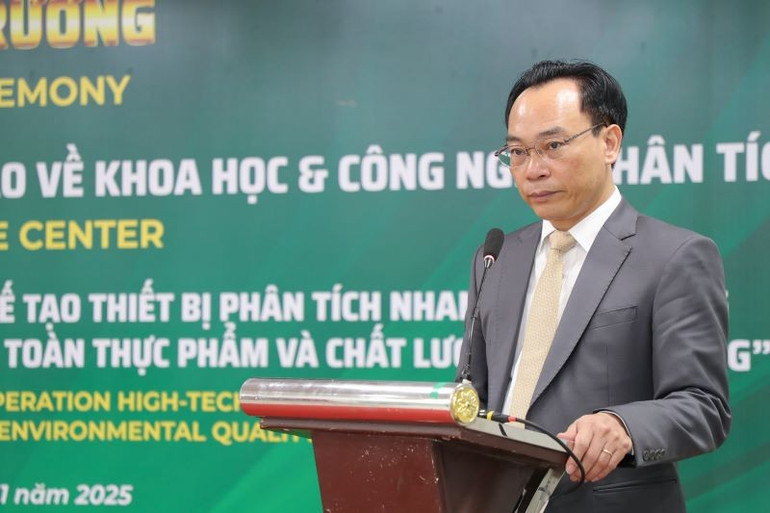
Speaking at the opening ceremony, Director of Hanoi National University Hoang Minh Son emphasized that the Center not only contributes to enhancing modern facilities but also demonstrates Hanoi National University's commitment to bringing research results to directly serve national issues and those of the capital, especially in ensuring food safety and the environment.
The Director of Hanoi National University also expressed his deep gratitude to the Japanese Government, JICA, JST and partner universities for their support of the project. He affirmed that Hanoi National University will create the most favorable conditions for the Center to operate effectively, and called on businesses, management agencies and localities to strengthen cooperation to put technology and research results into practical application.
Ambassador Extraordinary and Plenipotentiary of Japan to Vietnam Ito Naoki highly appreciated the significance of the SATREPS project in developing modern analytical technology and training high-quality human resources for Vietnam. He said that the Center is an outstanding project in the chain of science and technology cooperation between the two countries, aiming to train about 300 experts in 5 years and develop environmental and food analysis capacity according to international standards.

The Ambassador hopes that the cooperation model between the University of Tokyo, Waseda University, the University of Science and Japanese enterprises will create a sustainable foundation for Vietnam to improve its capacity to monitor environmental quality, thereby improving the quality of life of its people.
The Rector of the University of Science, Le Thanh Son, emphasized that this is one of the most remarkable results of the SATREPS project, which is positioned as a model of Vietnam-Japan research cooperation with three strategic pillars: Field analysis technology; Training high-quality human resources; Application of data science in environmental monitoring. The University of Science will continue to accompany, effectively exploit investment resources and develop the Center into a model of international cooperation in the field of analytical science and technology.
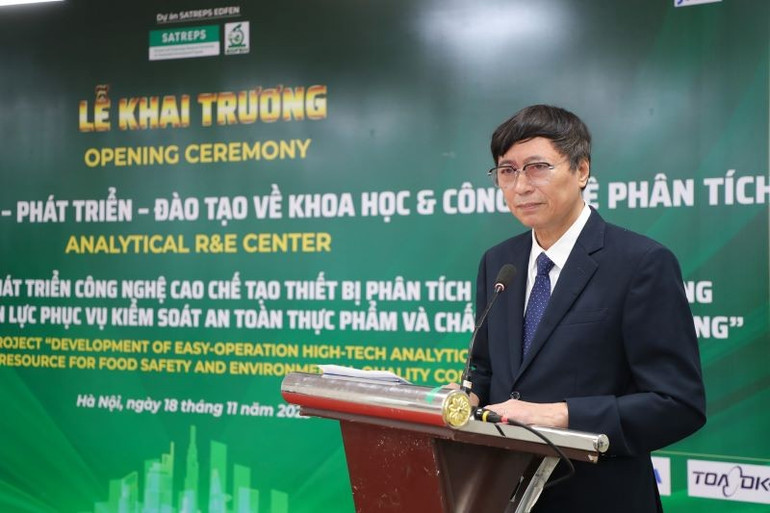
The Vietnamese representative of the project, Professor, Dr. Nguyen Van Noi, said that the SATREPS project has a dual goal: Developing low-cost, fast and accurate analysis technology; and improving environmental monitoring and management capacity in Vietnam. The project includes four key task groups: Developing field analysis technology; upgrading monitoring stations; training staff in 34 provinces and cities; and integrating big data, AI, IoT into synthetic analysis. Professor, Dr. Nguyen Van Noi affirmed that the Center will be the core to deploy the pilot model in Bac Ninh and expand it nationwide in the next phase.
Professor, Dr. Magatari, Director of the Japanese side of the SATREPS project, emphasized that the Center is a multi-stakeholder cooperation model between universities, research institutes, enterprises and local authorities. In the context that Vietnam owns more than 150 monitoring stations but still has many operational limitations, the project focuses on solving technical problems, training human resources and optimizing data to improve the quality of environmental monitoring.
The SATREPS project, jointly funded by JICA and JST, aims to promote scientific and technological research cooperation between Japan and Vietnam to address sustainable development issues. Led by the University of Science, Vietnam National University, Hanoi, and Japanese partners, the project focuses on developing rapid analysis technology, portable devices, and enhancing human resources for food safety and environmental quality control.
After the initial phase, some initial results have been recorded: The project laboratory at the University of Natural Sciences, Vietnam National University, Hanoi, has been operating, supporting more than 300 students and researchers to participate in experiments, training and deploying rapid analysis technology. In addition, “train-the-trainers” courses have been organized, improving the capacity of field staff and management agencies in the environmental field.

The project also conducted field surveys at the Hanoi National University campus in Hoa Lac and Bac Ninh province, paving the way for the pilot model of the "Bac Ninh model" mentioned to expand the analysis and monitoring capacity to more than 30 provinces and cities across the country. With those initial foundations, the Center for Research, Development and Training in Analytical Science and Technology is the transition from the preparation and research implementation phase to the widespread application operation phase, opening up many opportunities for technology transfer, human resource training and connection with domestic and international enterprises.
Development focus of the Research-Development-Training Center
The SATREPS EDFEN project is the result of multilateral cooperation between Vietnamese and Japanese management, research, education and business agencies, with 5 main components. The Vietnamese side includes members: University of Natural Sciences, Vietnam National University, Hanoi; Northern Environmental Monitoring Center; Department of Agriculture and Environment of Bac Ninh province. The Japanese side includes members: Waseda University, HORIBA Corporation, TOA DKK Corporation, Japan Association of Analytical Instrument Manufacturers (JAIMA).
The Research-Development-Training Center was established as a joint Vietnam-Japan research facility, focusing on three strategic pillars: Analytical Engineering Technology, Training of High-Quality Human Resources and Data Science, with cooperation activities in key areas including:
-Development of Field Analysis Technology: Manufacturing of low-cost microfluidic and electrochemical-based equipment for rapid qualitative and quantitative analysis of toxic heavy metals (lead, arsenic, mercury, cadmium, etc.) in water.
-Upgrading the Quality of Environmental Monitoring Stations: Improving the quality of automatic environmental monitoring stations at the local level, increasing accuracy, establishing standardized maintenance/management processes, aiming to replicate the model nationwide.
- Training high-quality human resources: Organizing training courses, intensive practical training for staff and students, environmental monitoring and analysis technical staff in coordination with leading Japanese experts.
-Data Science Applications: Integrating IoT and data science to collect and analyze real-time environmental data, support policy development and provide integrated solutions to reduce and control environmental pollution.
Source: https://nhandan.vn/khai-truong-trung-tam-nghien-cuu-phat-trien-dao-tao-ve-khoa-hoc-va-cong-nghe-phan-analysis-tai-hoa-lac-post924034.html



![[Photo] General Secretary To Lam receives Slovakian Deputy Prime Minister and Minister of Defense Robert Kalinak](https://vphoto.vietnam.vn/thumb/1200x675/vietnam/resource/IMAGE/2025/11/18/1763467091441_a1-bnd-8261-6981-jpg.webp)



![[Photo] Prime Minister Pham Minh Chinh and his wife meet the Vietnamese community in Algeria](https://vphoto.vietnam.vn/thumb/1200x675/vietnam/resource/IMAGE/2025/11/19/1763510299099_1763510015166-jpg.webp)







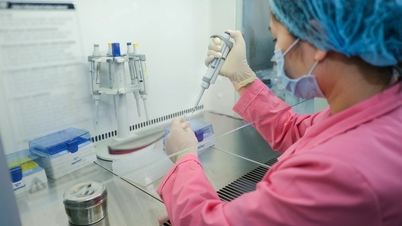






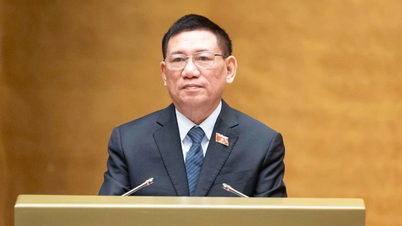


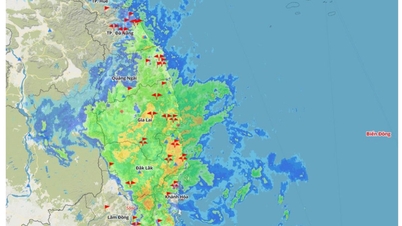

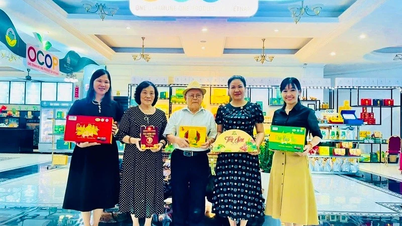








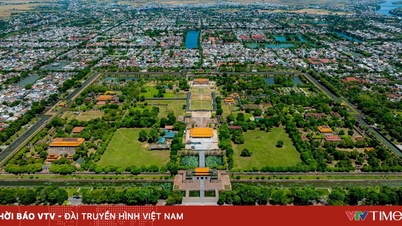


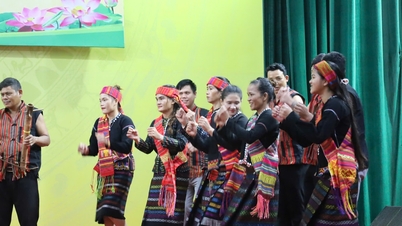







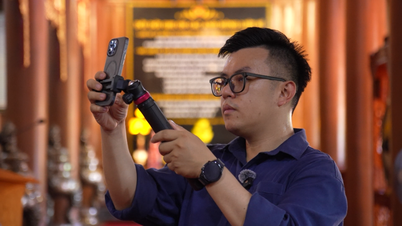








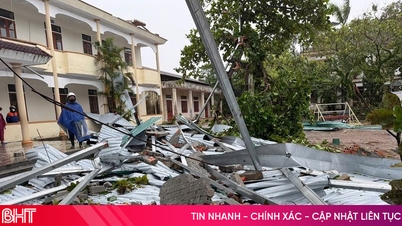











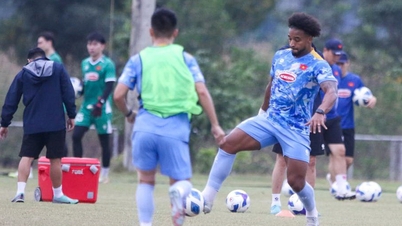





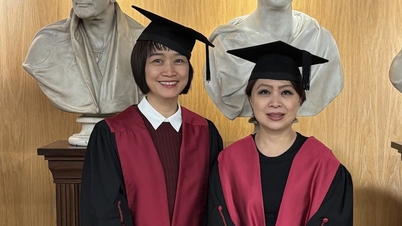
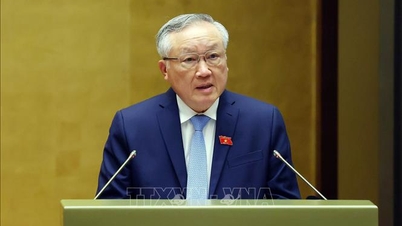

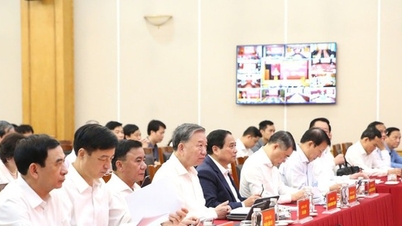

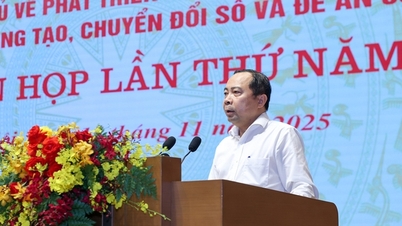








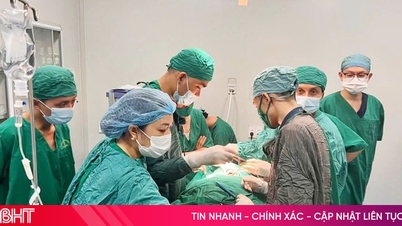
















Comment (0)